What we know so far about Starship and its prototype taking shape in Texas.
Apollo 8 liftoff
Apollo 8 lifted off fifty years ago today, taking humans to orbit the Moon for the first time. This was also the first time a Saturn V carried humans. Originally scheduled as a test flight for orbital reentry, Russian successes prompted a revision of plans and 16 weeks later Apollo 8 lifted off to carry Frank Borman, Jim Lovell, and William Anders around the Moon.
SpaceX Falcon 9 water landing
The beginning of history…
Here’s the latest talk from Robert Zubrin. He discusses some of the key points from his book, The Case for Mars, and how recent advances in the space industry affect them.
“We’re living at what future ages will regard as the beginning of history, and I would suggest we get on with it.”
Video clip 06: Mars has what we need
Not to mention a 24 hour day and enough atmosphere to provide some modest protection from solar radiation and stabilize daytime temps to between -50C and 10C.
It’s not a paradise, but we can work with it.
background: NASA/JPL-Caltech
Moon Direct
We don’t need to go to the Moon in order to go to Mars. But, if we’re going to go to the Moon, then let’s go to the Moon, not an orbit around it. And let’s dig in and make it stick.
Here’s a plan for doing just that with existing tech.
Video clip 03: Unmanned
Our unmanned efforts in space deserve great credit, but they aren’t enough.
background: NASA Juno Mission Collection 2 excerpt (https://www.nasa.gov/mission_pages/juno/multimedia/junoanimations.html), NASA/Goddard Space Flight Center MAVEN animation (https://svs.gsfc.nasa.gov/11024)
SciFi-Science
A short but fascinating article on way the entertainment and science communities often compliment each other.
Hibernation
Hibernation during space travel is a common sci-fi trope, but I wasn’t aware anyone was actively working on it. What I find particularly compelling here is that hibernation could have positive effects on bone density change as well as helping mitigate the effects of radiation exposure.
Another thought occurs to me, though it is not mentioned here. Keeping the travelers contained in a small area opens up options for radiation shielding that might otherwise be prohibitive. What about sleeving the hibernation quarters in water, for instance? If that water could be mined from the Moon, the cost of lifting it for use in the craft could be acceptable.
Hopping on an asteroid
Japan’s Hayabusa2 probe is currently in orbit around the asteroid Ryugu. It has successfully deployed two rovers, MINERVA-II1a and MINERVA-II1b, designed to literally hop around on the surface of the asteroid. The pics sent back so far are rather trippy. In particular, check out the video of the sun moving across the asteroid’s sky.
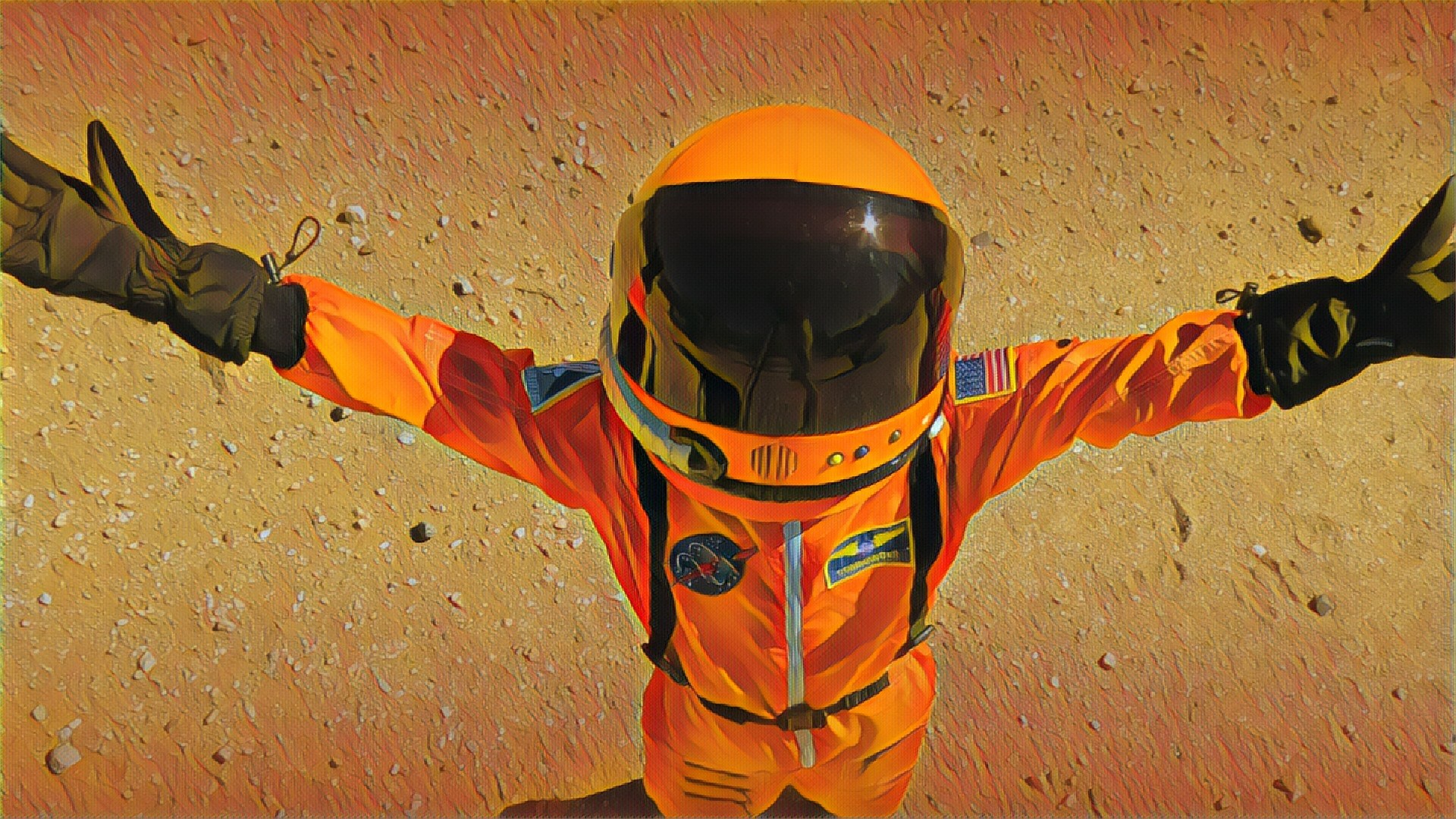

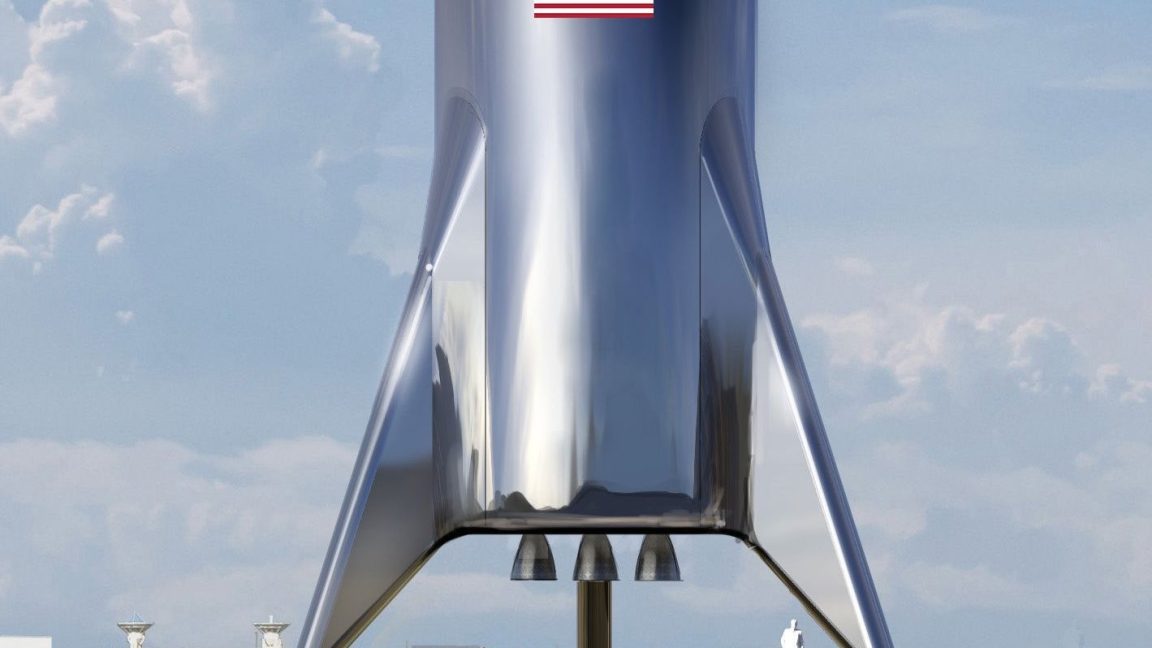
 Ars Technica
Ars Technica 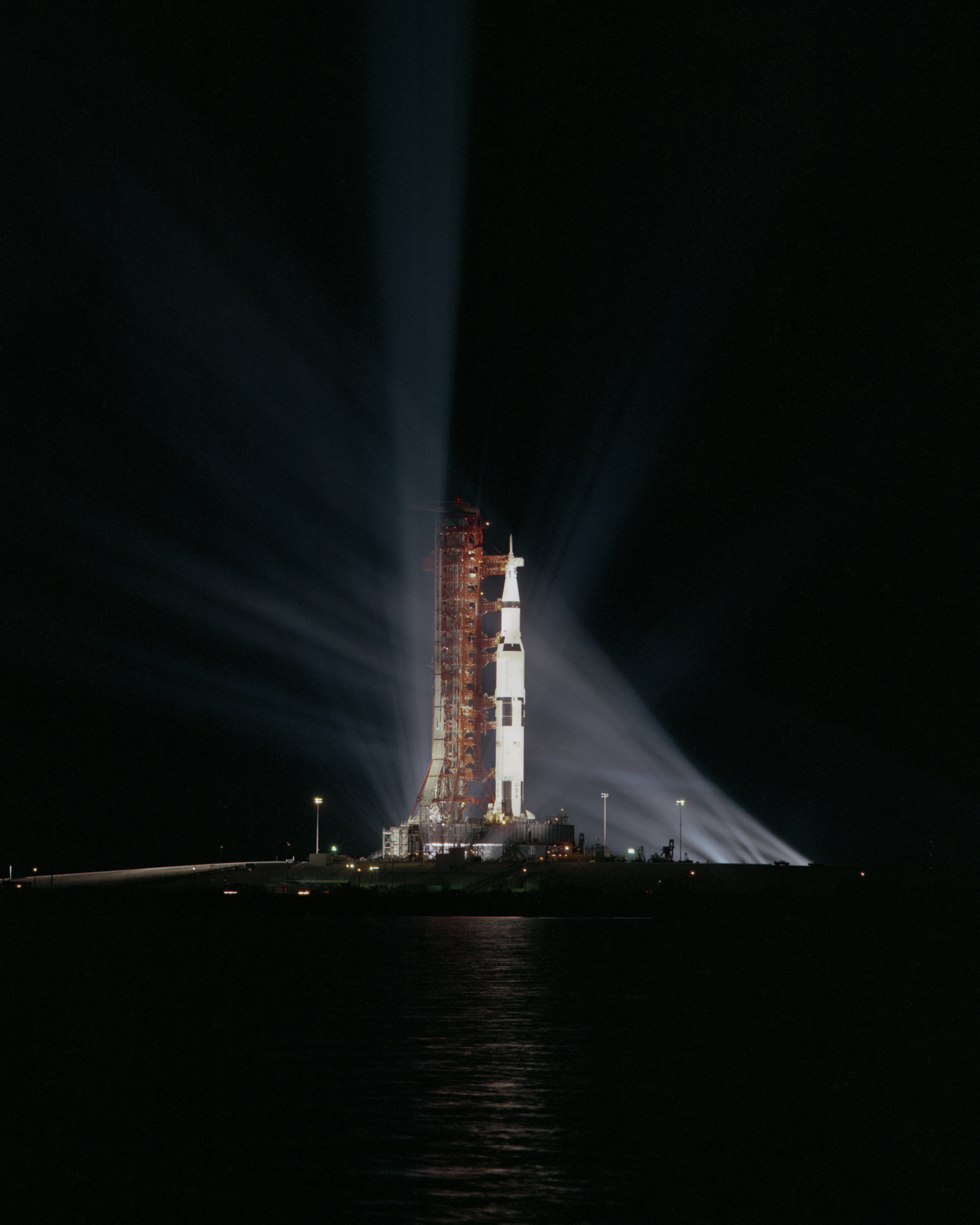
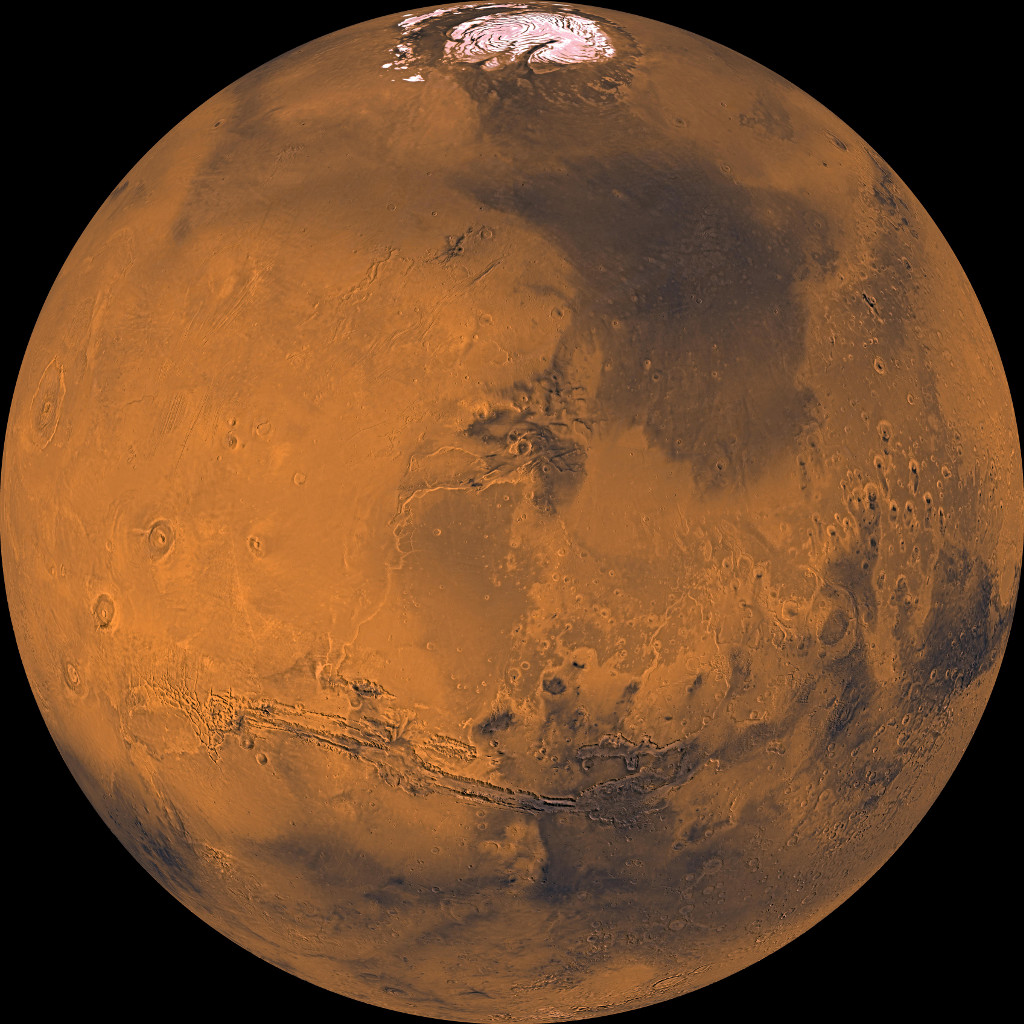
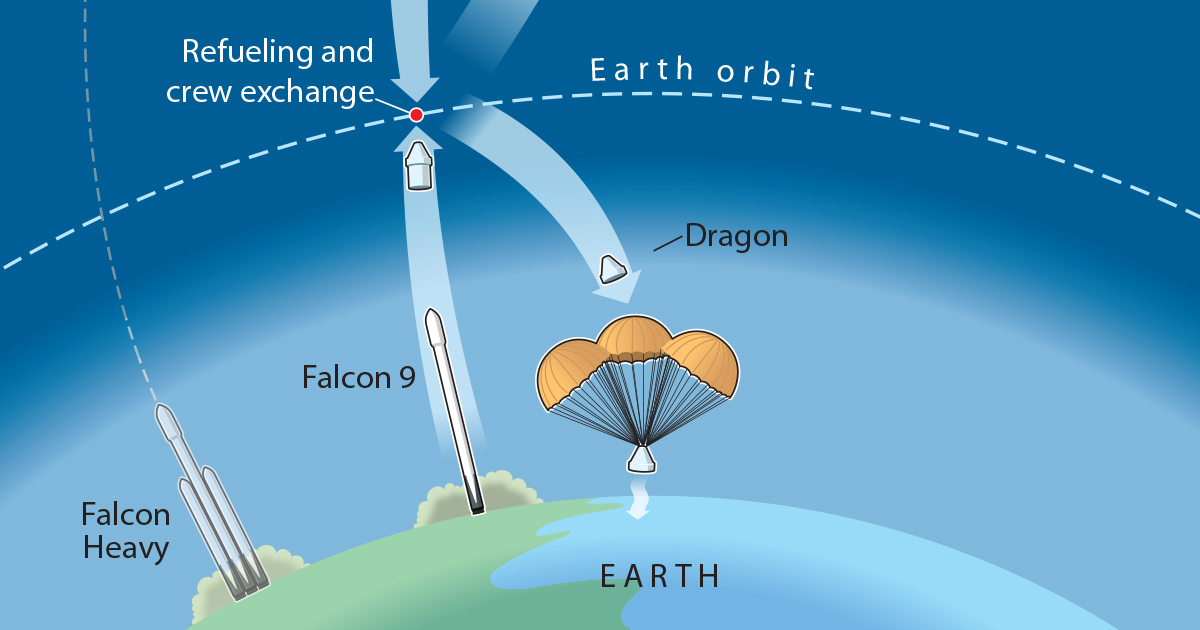
 The New Atlantis
The New Atlantis 
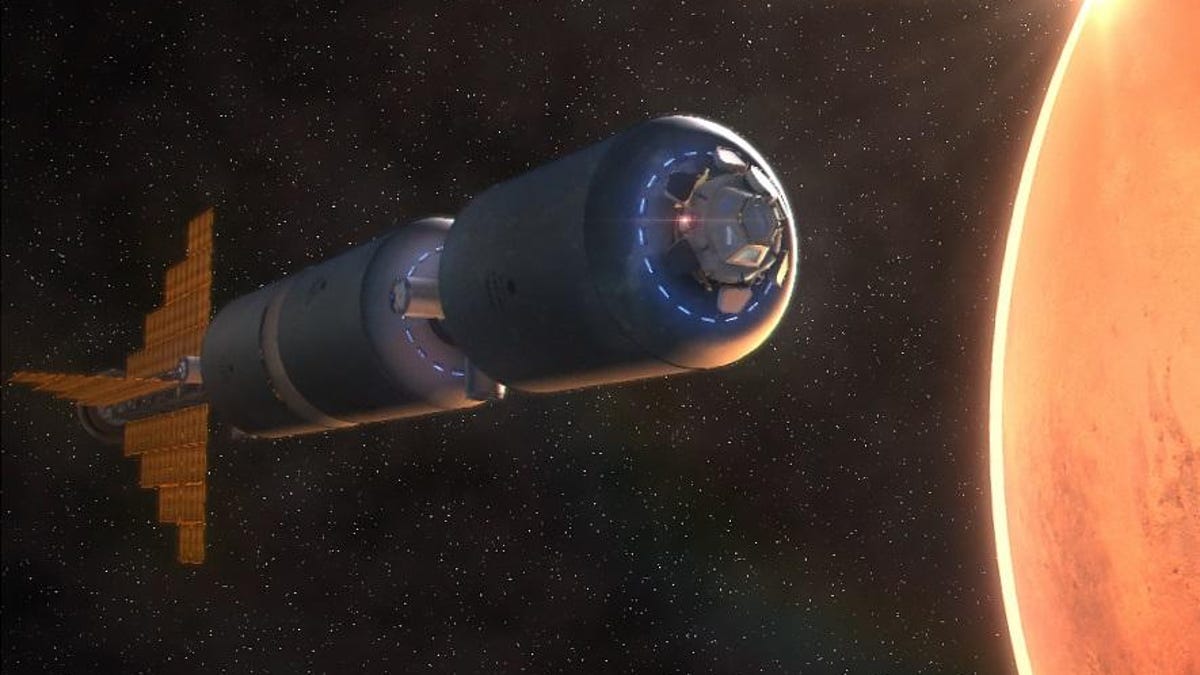
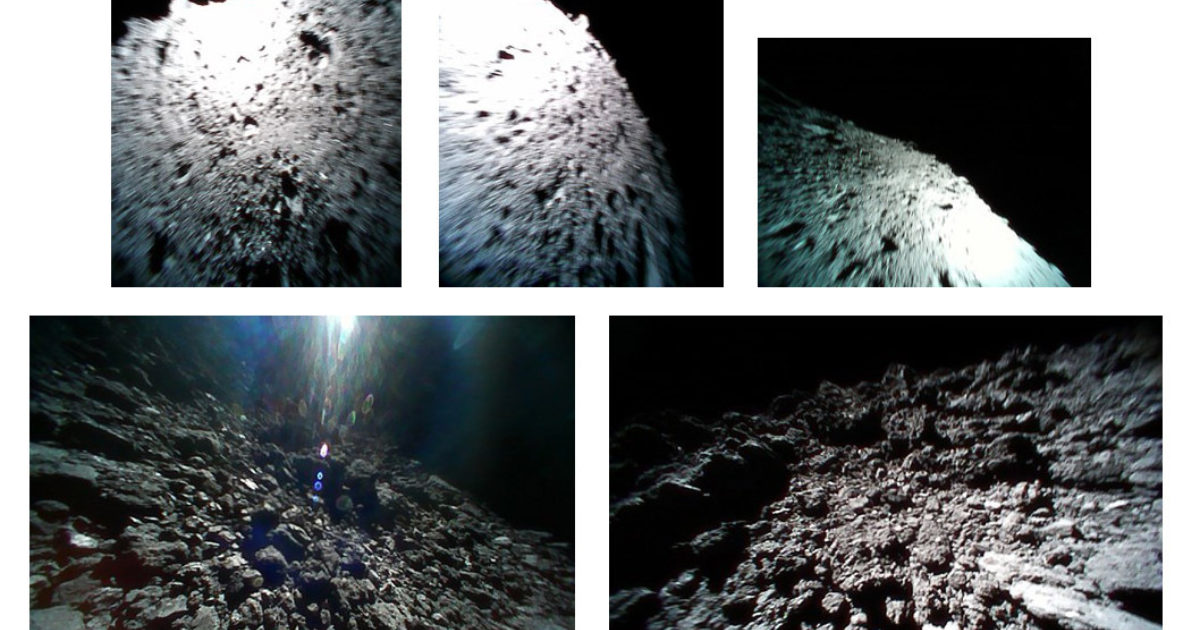
 The Planetary Society
The Planetary Society